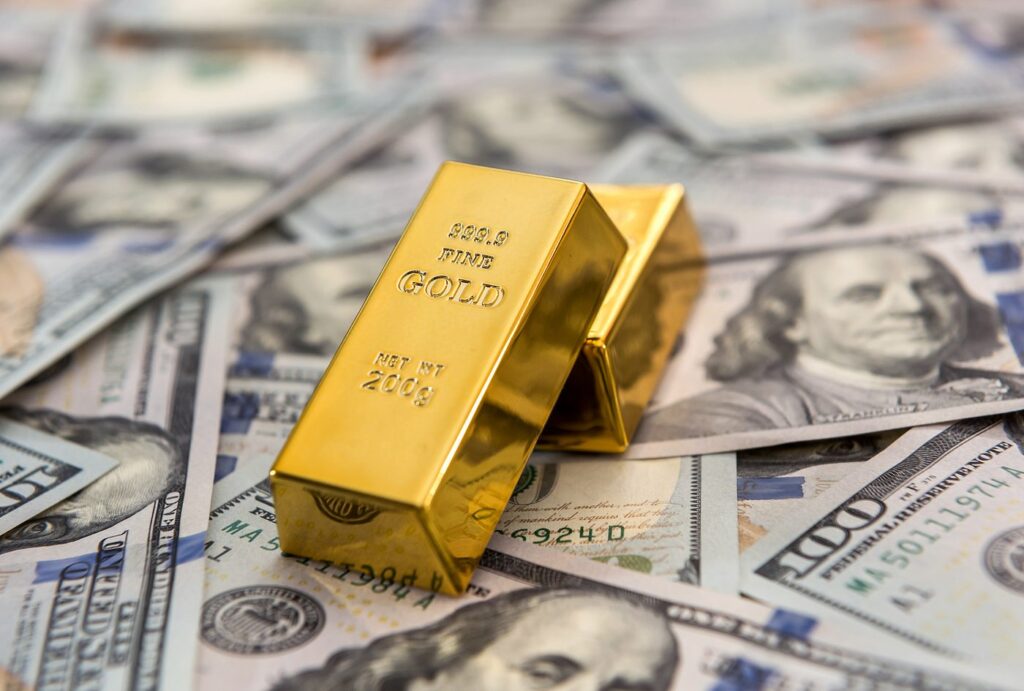BRICS Alliance Pioneers a Gold-Backed Currency: Shifting Global Financial Dynamics
In a bold move with significant implications for the global financial landscape, the BRICS alliance has made formidable strides in its mission to challenge the supremacy of the US Dollar. Over the past two years, this nine-member bloc—comprising Brazil, Russia, India, China, South Africa, and others—has been working diligently to develop a new currency, one that is expected to be officially announced at their October Summit.
The upcoming currency aims to be backed by gold, a strategic decision that could fundamentally alter the financial architecture of international trade. With a common gold-backed currency, BRICS hopes to usher in a new financial era that would provide a stable alternative to the US Dollar, long considered the dominant global reserve currency. This move is seen as part of a broader initiative to foster a more multipolar world order.
The Gold Accumulation Strategy
The BRICS bloc has been on a gold-buying spree, becoming the largest buyer of gold since 2022, according to the World Gold Council. This accelerated accumulation of the precious metal has added fuel to speculations that the forthcoming currency could signify a pivotal shift in global economic power. Financial experts have pondered whether this could be the "beginning of the end" for the US Dollar’s dominance.
Vahan Roth, in an analysis for intelligence consultancy GIS, highlighted that gold reached a new all-time high of $2,480 per ounce on July 17, driven by ongoing geopolitical tensions. "There are two active wars—in Ukraine and the Middle East—that could escalate at any moment into a wider international conflict," Roth noted. In addition, influential elections in India, the United Kingdom, and the European Union have added to global uncertainty, further enhancing gold’s appeal as a safe haven.
The Geopolitical and Economic Implications
The BRICS bloc, despite being a somewhat loose alliance compared to more structured entities like the European Union, wields substantial influence. Collectively, BRICS countries encompass about 45 percent of the global population, control 30 percent of the world’s land surface, and account for over 37 percent of global GDP. The potential introduction of a gold-backed currency by such a significant alliance could have far-reaching consequences.
"The grouping has been advocating for a more multipolar world order," Roth explained, pointing out that the idea of launching a gold-backed currency has been on the agenda of BRICS founding members. If successful, this new currency could prompt developing countries to shift away from the US Dollar for cross-border transactions, thereby reducing the United States’ financial leverage and potentially ushering in a more balanced global economy.
Looking Ahead
The October Summit will be closely watched for updates on the new currency and the expansion of the BRICS alliance. A successful launch of a gold-backed currency would not only strengthen the economic standing of BRICS but could also encourage other emerging economies to join the bloc, amplifying the shift away from US Dollar dominance.
In conclusion, as BRICS continues to fortify its gold reserves and push towards a collective, gold-backed currency, the global financial system stands on the cusp of a transformative evolution. The world is watching as BRICS maneuvers to redefine economic power structures in what could be a historic rebalancing act.
For more information about BRICS and its initiatives, visit the official BRICS website.
